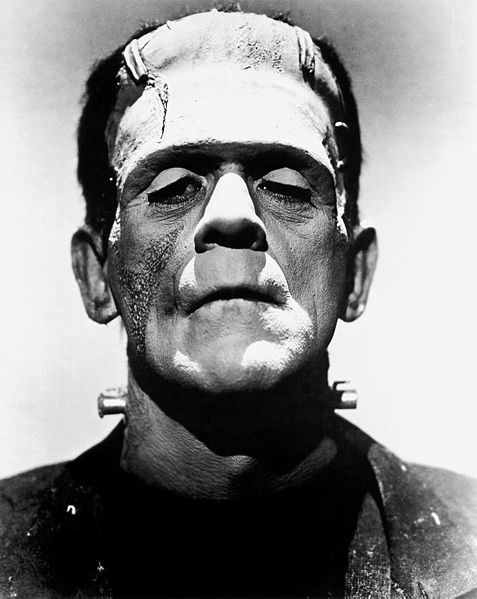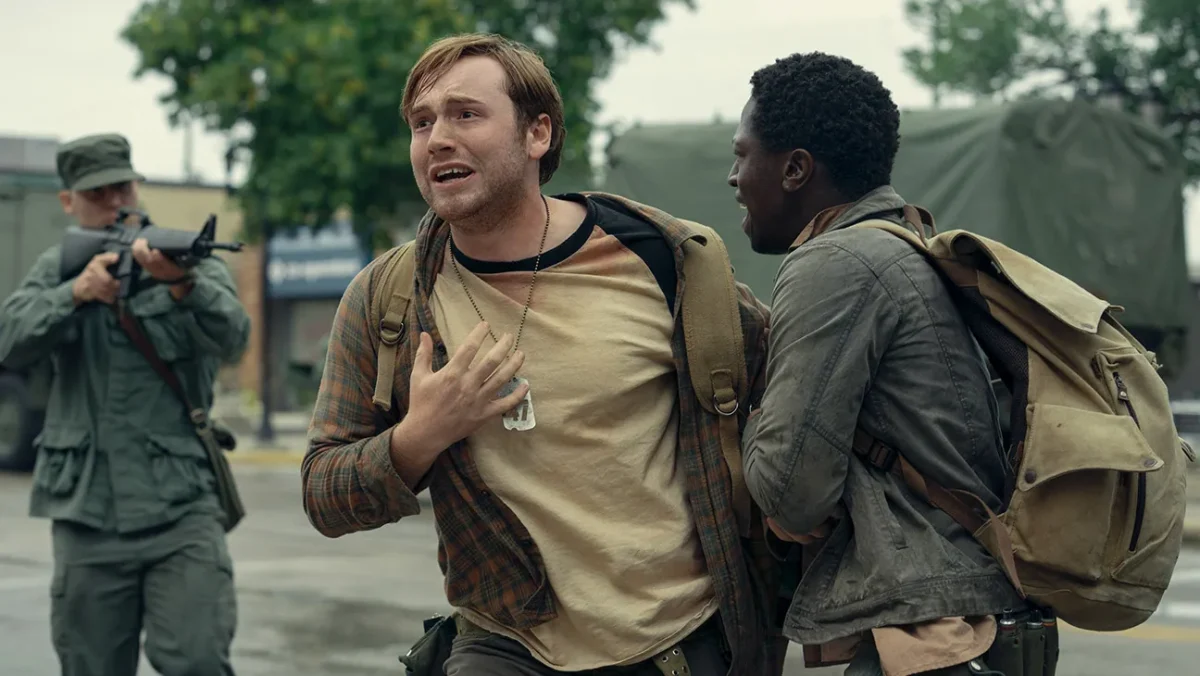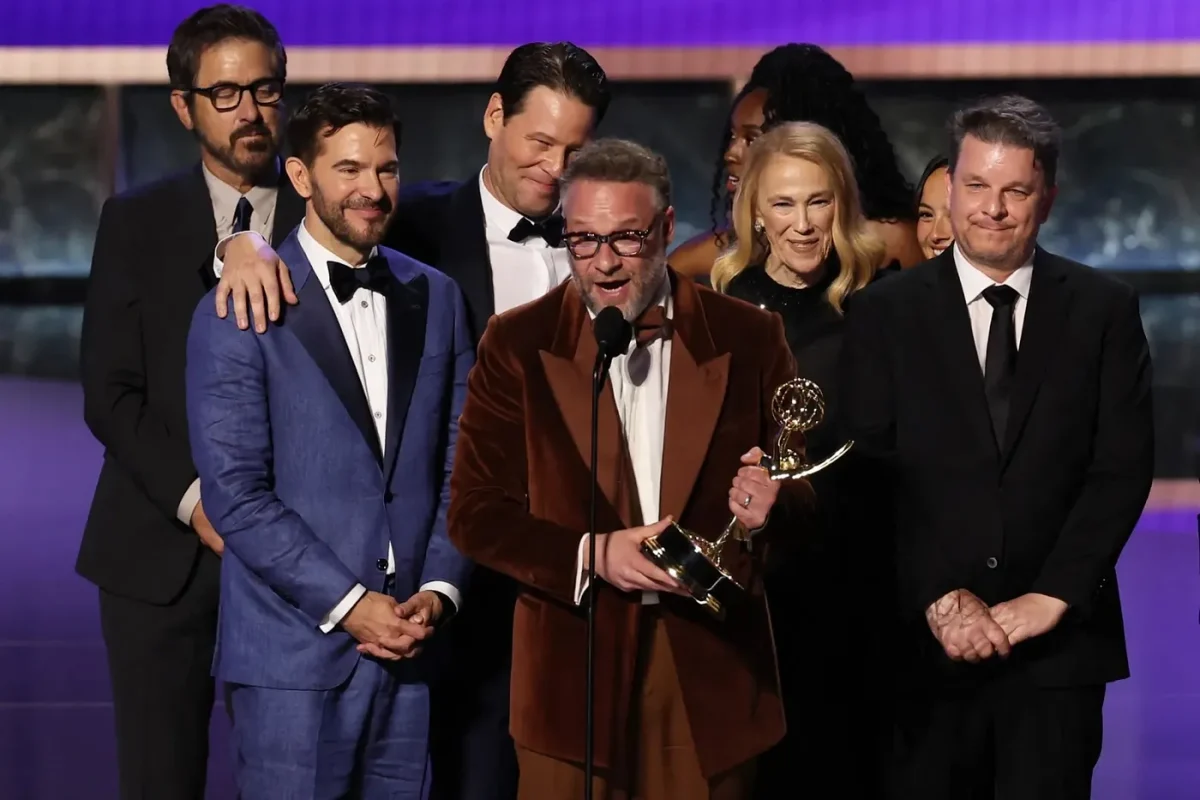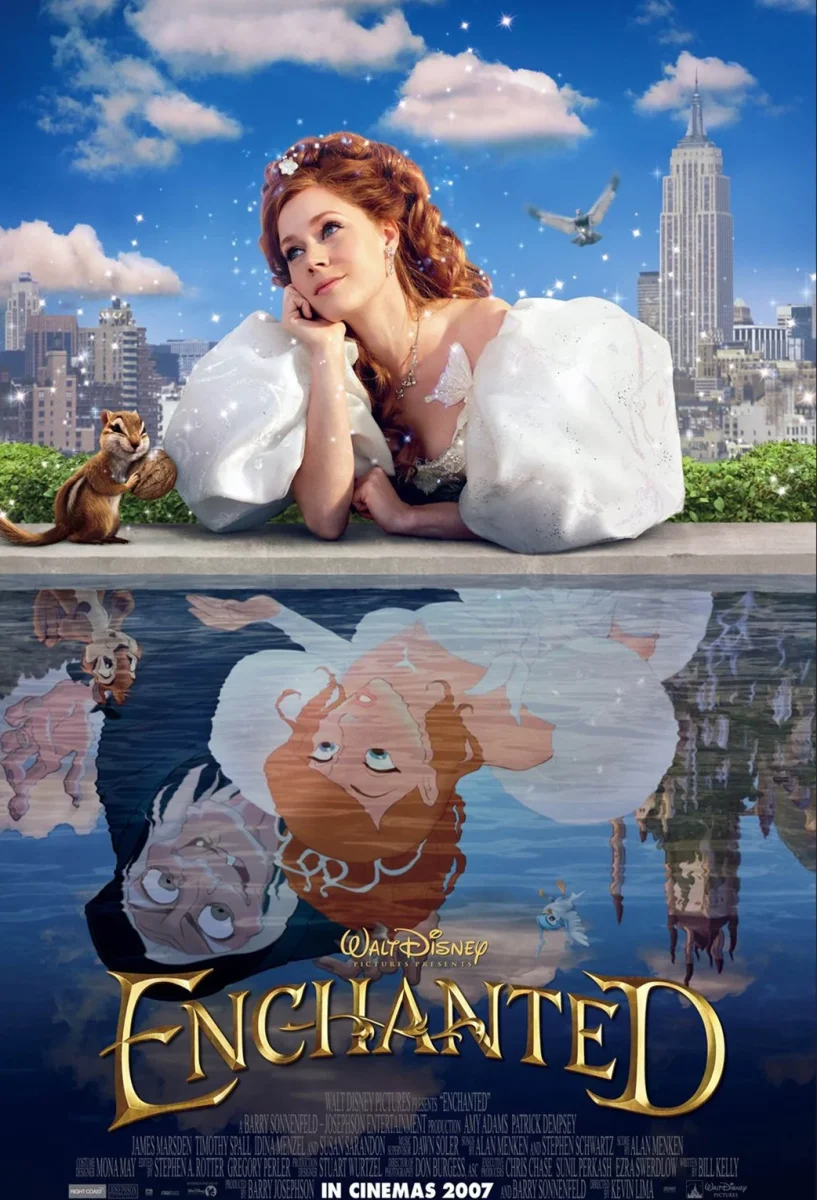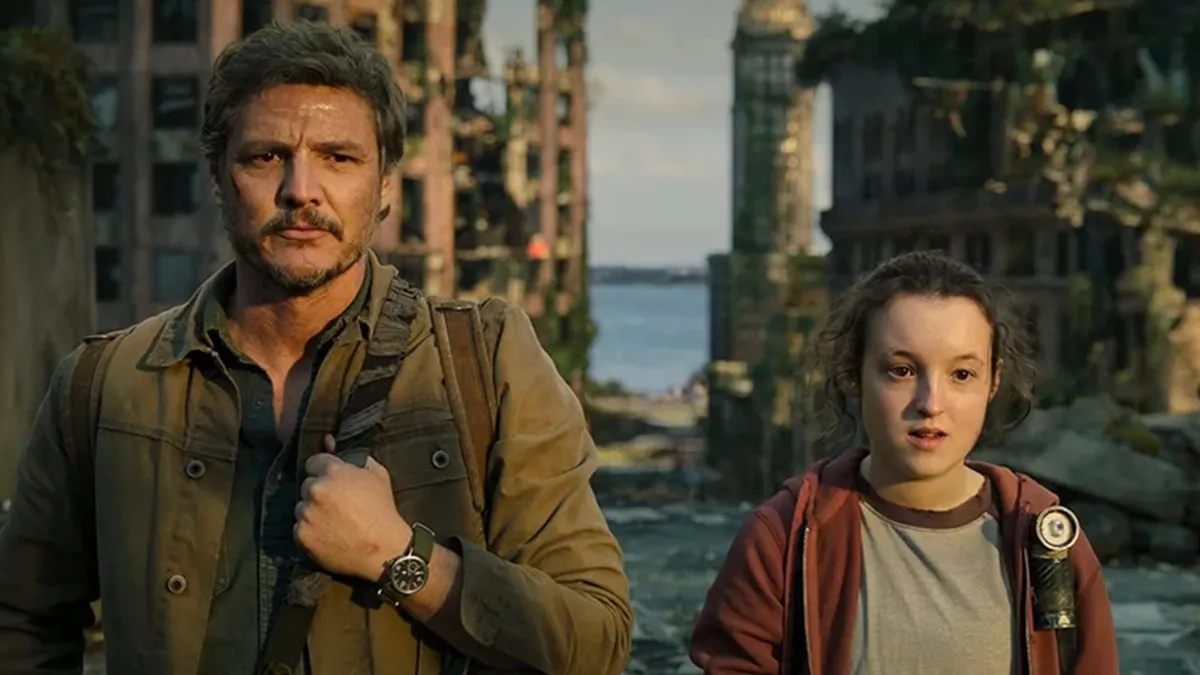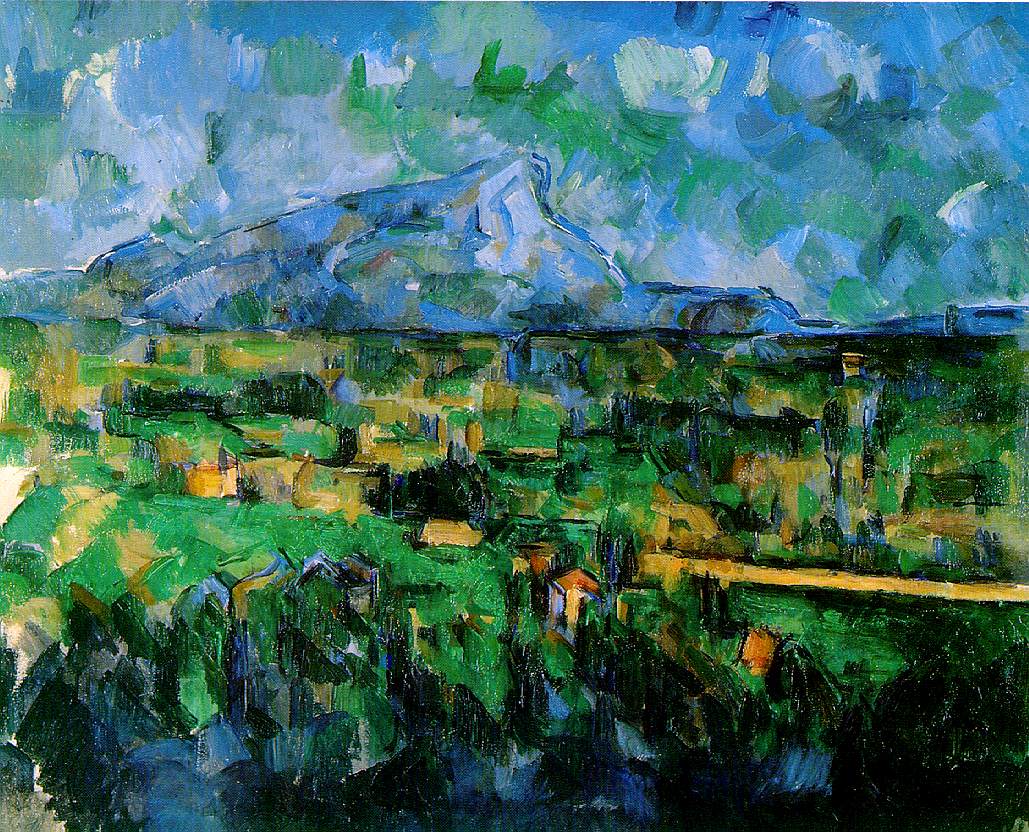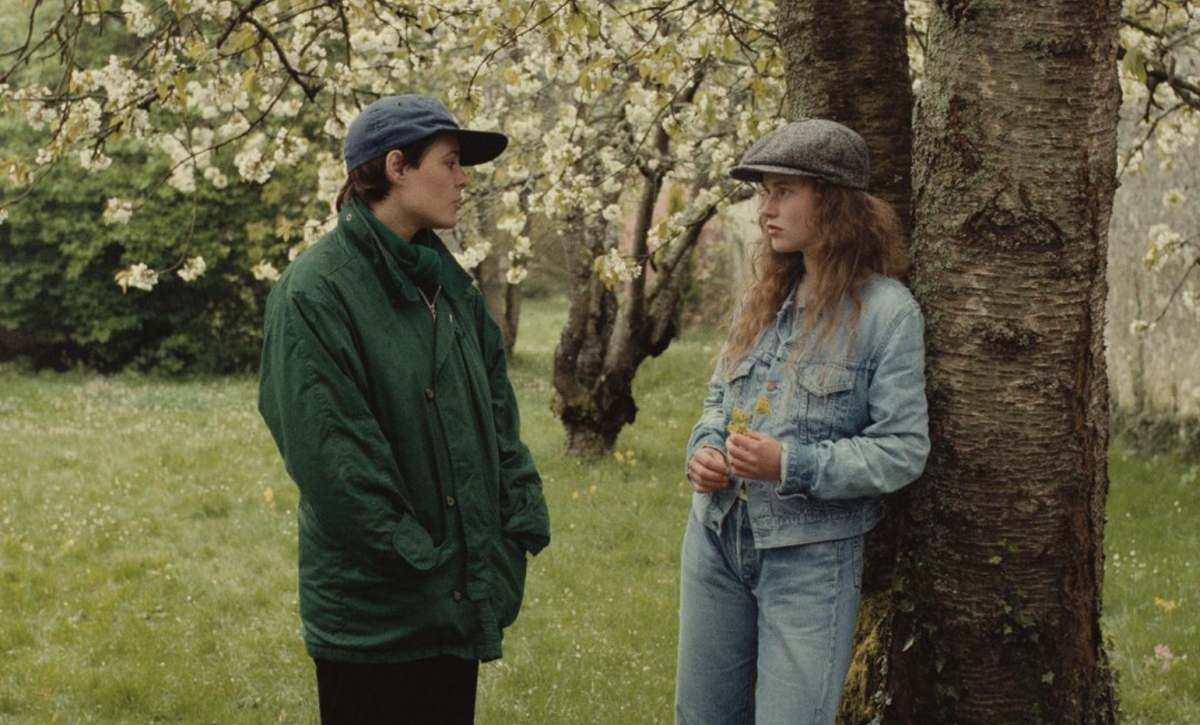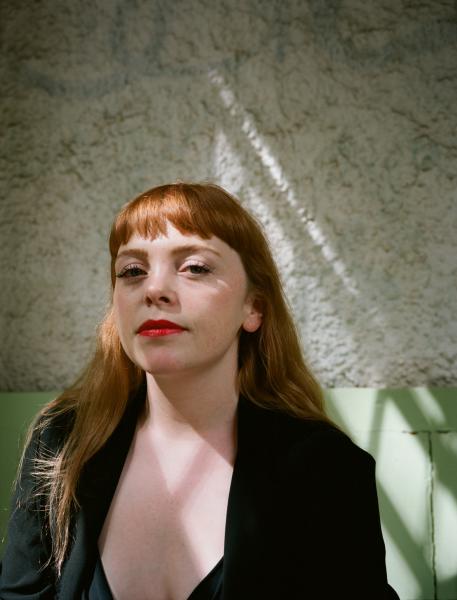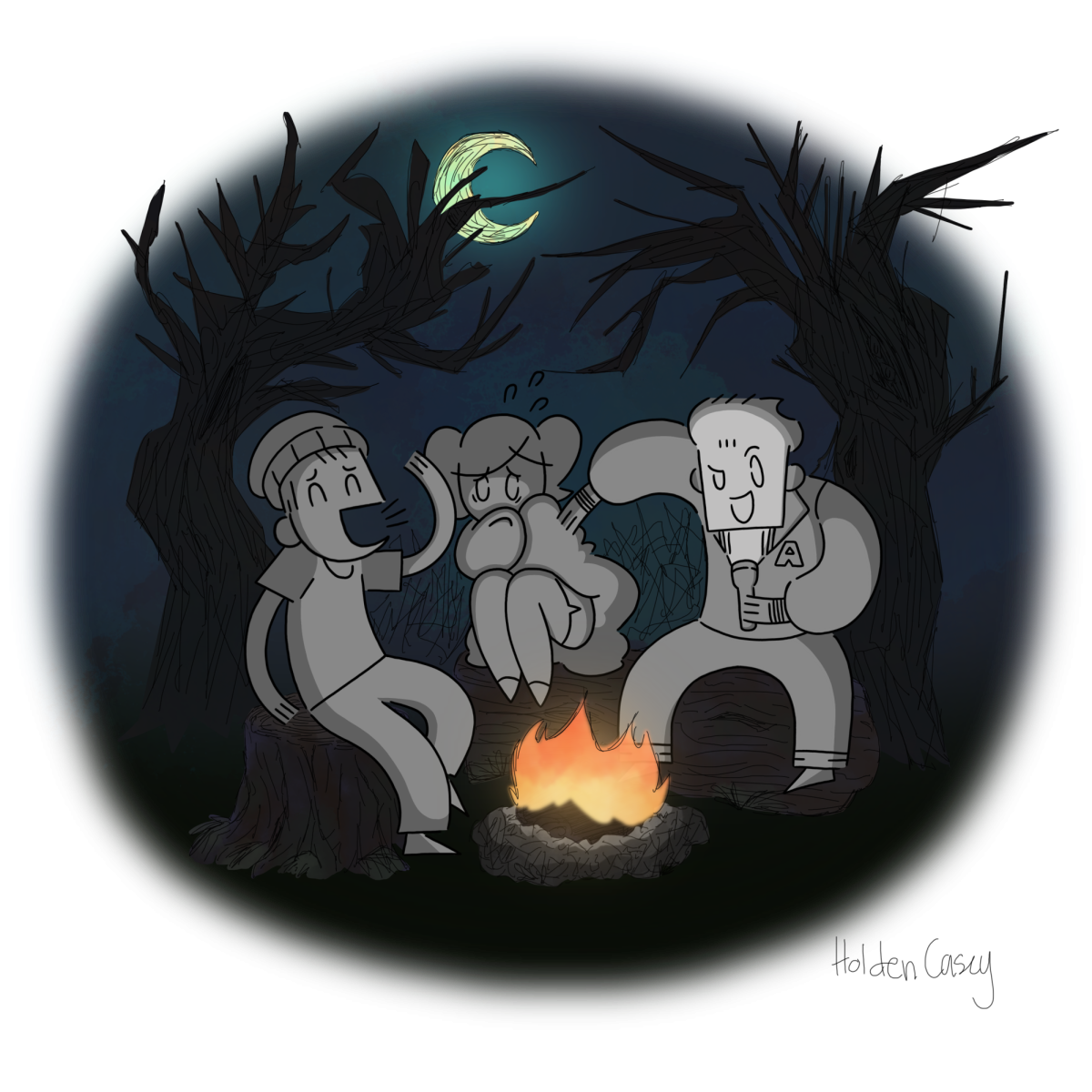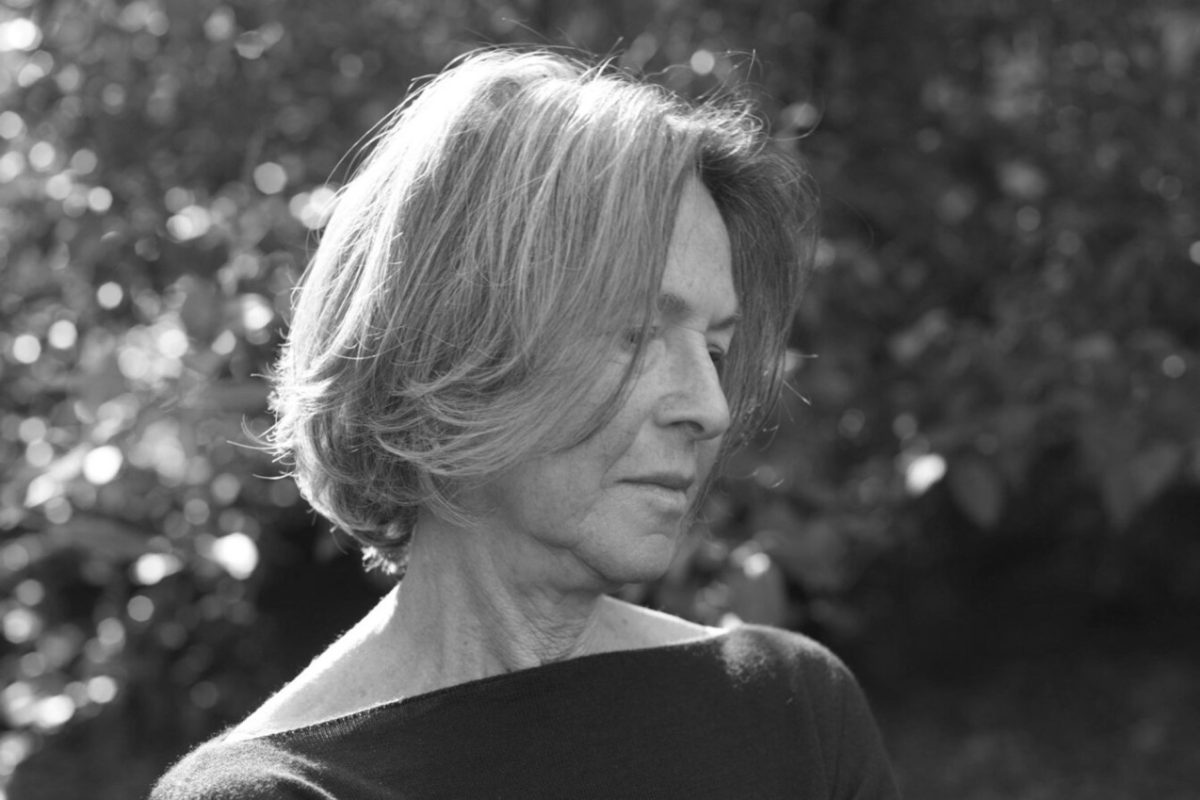During stormy weather in the summer of 1816, Percy Shelley, Mary Shelley, Lord Byron, and other intellectuals passed the time by telling ghost stories. In Lake Geneva, Switzerland, Byron challenged the group to write their own ghost stories and vote for the winner. Mary Shelley suffered from a feverish dream that she described as “the pale student of unhallowed arts kneeling beside the thing he had put together,” and thus “Frankenstein” was born. The famous Gothic novel has influenced popular culture since its publication in 1818. The story of a creature carved from corpses, who later turns on his creator, speaks to the philosophical question of creating artificial technology that has the possibility to overrun its mastermind.
In celebration of the novel’s 200th anniversary, the Morgan Library and Museum is hosting an exhibit between Oct. 30, 2018 and Jan. 27, 2019. The exhibit traces the origins of Shelley’s creation and the cultural impact of her novel and showcases art and artifacts of the classic. The co-curator of the exhibit, Elizabeth Campbell Denlinger, states that the story is universal because it “touches on the most basic part of what it means to be an embodied human creature, [and] it leaves us asking, Am I a monster too?” The exhibit features comic books, old film posters, movie props, and artifacts from plays based on “Frankenstein.” A portion of the original manuscript is on display, along with artwork showcasing Mary Shelley’s portrait. Furthermore, the exhibit displays a wide array of books, posters, prints, and various manuscripts from “Frankenstein.”
Shelley was 18 when “Frankenstein, or the Modern Prometheus,” was written. The New Yorker calls her novel “four stories in one: an allegory, a fable, an epistolary novel, and an autobiography,” a literary concoction of various ideas, much like Frankenstein himself. Her novel has spawned movies, television shows, and novels throughout its 200 years. Recently, Elle Fanning played Shelley in the movie title of the same name in 2017, and Sophie Turner will be playing Shelley in a new 2019 biopic “Mary Shelley’s Monster.” On Jan. 30, Lita Judge wrote “Mary’s Monster: Love, Madness, and How Mary Shelley Created Frankenstein,” a biography which explains the creation of “Frankenstein” for a young adult audience with over 300 pages of black-and-white illustrations.

Shelley was born in 1797 to feminist pioneer Mary Wollstonecraft, the author of the 1792 treatise “A Vindication of the Rights of Woman,” and radical philosopher William Godwin. However, Shelley’s mother died shortly after her birth, and her father’s new wife did not give her a formal education. Instead, Shelley educated herself, and at age 16 she met the revolutionary poet Percy Shelley. When her father disapproved of the marriage, the newlyweds escaped and traveled around Europe together. Although many people attributed “Frankenstein” to her husband, the couple was supportive of one another’s work, and Percy Shelley’s edits are found in an early edition of “Frankenstein.” According to The Independent, Shelley’s life was filled with tragedy, from her first two children dying at an early age to her husband drowning in 1822 in the Gulf of Spezia. Her novel was completed just as she was pregnant with her third child, and literary scholars suggest that the grief, loneliness, and fear that Frankenstein’s monster feels is based on the struggle Shelley went through. Yet, after her husband’s death, Shelley continued to write and publish four novels, short stories, essays, and compilations of his poetry. She died from brain cancer in 1851 at age 53, after a life of feminist trailblazing.
Shelley’s “Frankenstein” has survived 200 years of creative adaptations and intellectual discussions, and the legacy of the novel shows no sign of slowing down. This year, Guillermo del Toro, the director of “The Shape of Water,” thanked Shelley for inspiring him to continue his own work. In his acceptance speech at the British Academy of Film and Television Awards, del Toro stated that Shelley “gave voice to the voiceless, and presence to the invisible, and showed me that sometimes to talk about monsters, we need to fabricate monsters of our own.” According to the New York Times, adapting Frankenstein’s monster to the big screen is a dream project for the director, who called him “the most beautiful and moving” of all the monsters.
To celebrate the anniversary of this impactful novel, Volda University College in Norway created a website project titled “Frankenstein 2018” to provide information about Shelley, the novel itself, and the legacy the novel has left on the wider cultural landscape. Their project coordinated with the Keats-Shelley Association of America, who created FrankenReads, another website dedicated to the 200th anniversary of “Frankenstein.” The website shows various editions since the book’s publication, as well as a list of upcoming events to celebrate the momentous occasion. The Library of Congress also hosted a livestream reading of the classic novel on Oct. 31, where viewers can share their joy on Twitter, Facebook, or Instagram with the hashtag #frankenreads.
There’s a good reason for all this excitement over the anniversary of “Frankenstein,” especially in this day and age. The novel asks what it means to be human in the time of scientific innovation, and the question is still being pondered over after 200 years of existence. At face value, the theme of the novel explores the responsibility of ethical science versus scientific creativity, but some readers have taken the nameless monster’s struggle as a metaphor for societal rejection and a search for meaning in the face of tragedy. No matter what the story means to each individual person, Shelley clearly had the uncanny ability to write a story that “would speak to the mysterious fears of our nature and awaken thrilling horror” in all readers, and that alone is a feat worth celebrating.

